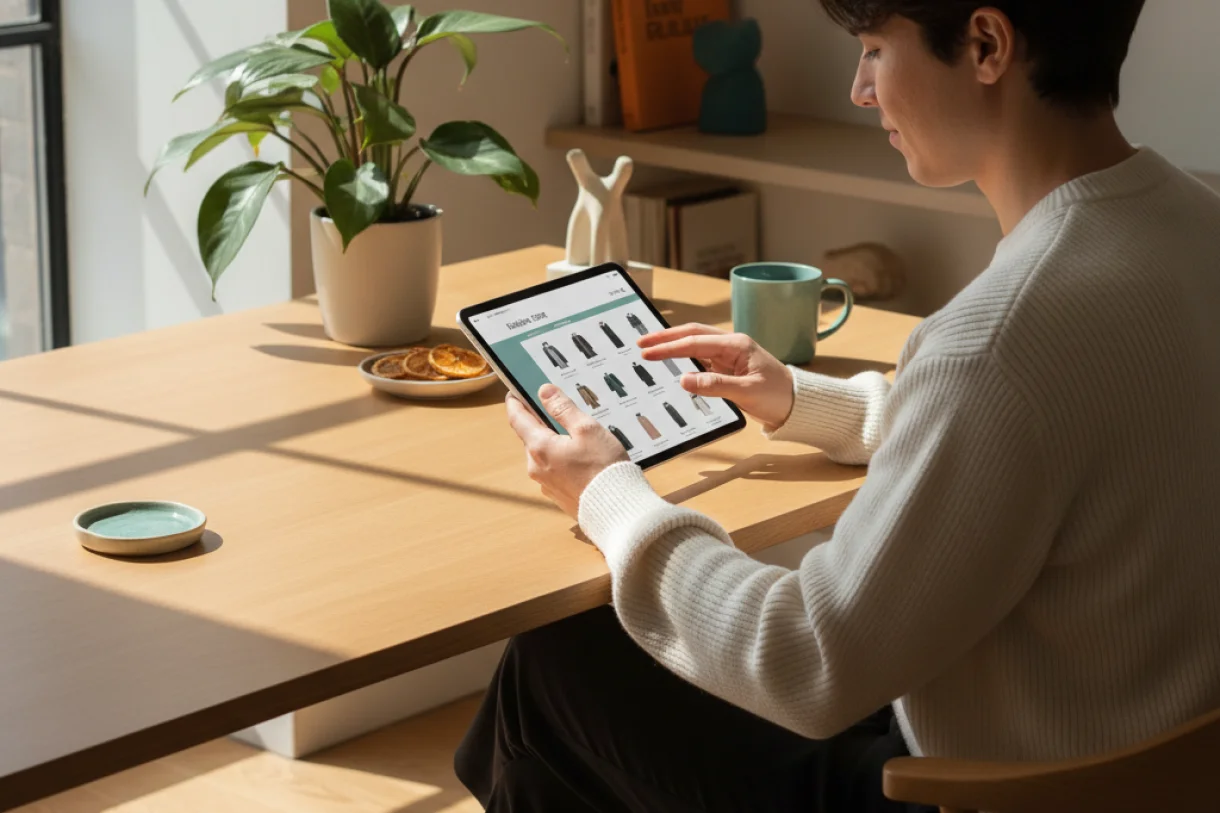Shopify Store Optimization 101: How to Turn Visitors Into Buyers

Have you ever clicked on a website, loved the products, but still walked away without making a purchase? As a virtual assistant navigating the waters of digital marketing, I've encountered this scenario far too often. It's a universal experience, and if you're like me, you know just how crucial it is to optimize the customer journey—from that initial spark of interest to the moment when they finally hit “buy.” This is where Conversion Rate Optimization (CRO) comes into play, especially for Shopify ecommerce stores.
CRO isn’t just a buzzword; it's the key to turning potential customers into loyal buyers. In my work with clients, I've found that small adjustments can lead to significant changes in conversion rates. It’s exciting because these strategies don’t just help improve sales—they also enhance the overall shopping experience, which is something we all want for our customers.
From Discovery to Post-Purchase
One of the first things I’ve noticed in my years as a virtual assistant is how important it is to pay attention to every stage of the customer journey. You want customers to engage with your brand from the moment they discover it to the follow-up post-purchase. Understanding this journey can not only help you convert visitors into buyers but also keep them coming back for more—because who doesn’t love repeat business?
During my research on CRO, I found extensive lists of A/B testing ideas that can make a real difference. It’s about tweaking navigation, product pages, and checkout processes to see what resonates with your audience. If you haven't tried A/B testing yet, let me tell you—you're missing out! I particularly appreciate how simple changes, like adjusting the call-to-action buttons or switching up the imagery, can lead to remarkable improvements in customer engagement.
The Mobile Optimization Imperative
I've discovered that mobile traffic accounts for a large percentage of visits to Shopify stores. So, if your site isn’t optimized for mobile, you could be losing out on a significant pool of customers. It’s essential to ensure fast loading speeds, as studies show that even a one-second delay can decrease conversions.
Here’s why I think this matters: when you focus on mobile optimization, you're not just making a good impression; you're meeting your customers where they are. As a virtual assistant, I advise my clients to prioritize a seamless mobile experience because if a customer is browsing on their phone, you want them to enjoy the same fluid experience that they would have on a desktop.
Building Customer Trust with Social Proof
Now, let’s chat about something I find particularly important—customer trust. I've seen firsthand how effective social proof can be in driving conversions. Shoppers want to see reviews and feedback from others before making a decision. In fact, featuring authentic customer reviews on product pages is a game-changer because they validate the quality of your offerings.
I encourage my clients to not only showcase these reviews but also optimize their return and refund policies. Trust is a huge factor in a customer’s decision to finalize their purchase. When they feel secure in their choice, they’re more likely to hit that checkout button.
Analyzing and Optimizing Your Conversion Funnel
One of the most insightful concepts I've come across is the conversion funnel. This is where the framework of Awareness, Interest, Desire, and Action comes into play. I’m always looking for ways to analyze and optimize each stage to reduce friction and abandonment.
If you think about it, each stage of this funnel is critical, from how well you capture attention to how effectively you encourage action. In my experience working with clients, I often highlight the importance of making informed tweaks based on analytics. Tools like Google Analytics can give you a clearer picture of where customers drop off in the funnel.
The Overlooked Treasure of Post-Purchase Optimization
But wait—there’s more! One of the aspects of CRO that I've seen fall by the wayside is post-purchase optimization. This isn’t just about making the sale; it’s about nurturing that relationship afterwards. Creating strategic "thank you" pages or implementing targeted email sequences can drastically increase customer lifetime value and encourage repeat purchases. Imagine receiving a thank you email that also offers a discount on your next purchase—doesn’t that feel good?
What impressed me most is how simple it is to incorporate these strategies. When my clients take the time to engage customers after a purchase, it turns a one-time buyer into a returning customer, which is always a win-win for everyone involved.
Putting It All Together
Here’s what I've learned after diving deep into these strategies: In the world of ecommerce, especially on platforms like Shopify, every little detail counts. As a virtual assistant, I appreciate how a focus on CRO can genuinely help elevate a brand's performance.
Whether you’re a fellow professional or a business owner, my recommendation is to take a closer look at your customer journey. Consider how well you’re optimizing your site for mobile users, building trust with social proof, analyzing your conversion funnel, and connecting with customers post-purchase.
I hope this helps you as you strive to create an exceptional experience for your online shoppers. If you’re interested, feel free to explore similar topics I've covered on my blog! Let’s keep the conversation going—let me know if you have any questions or insights to share!
Ready to Work Together?
Let's discuss how I can help streamline your business operations and boost your productivity.